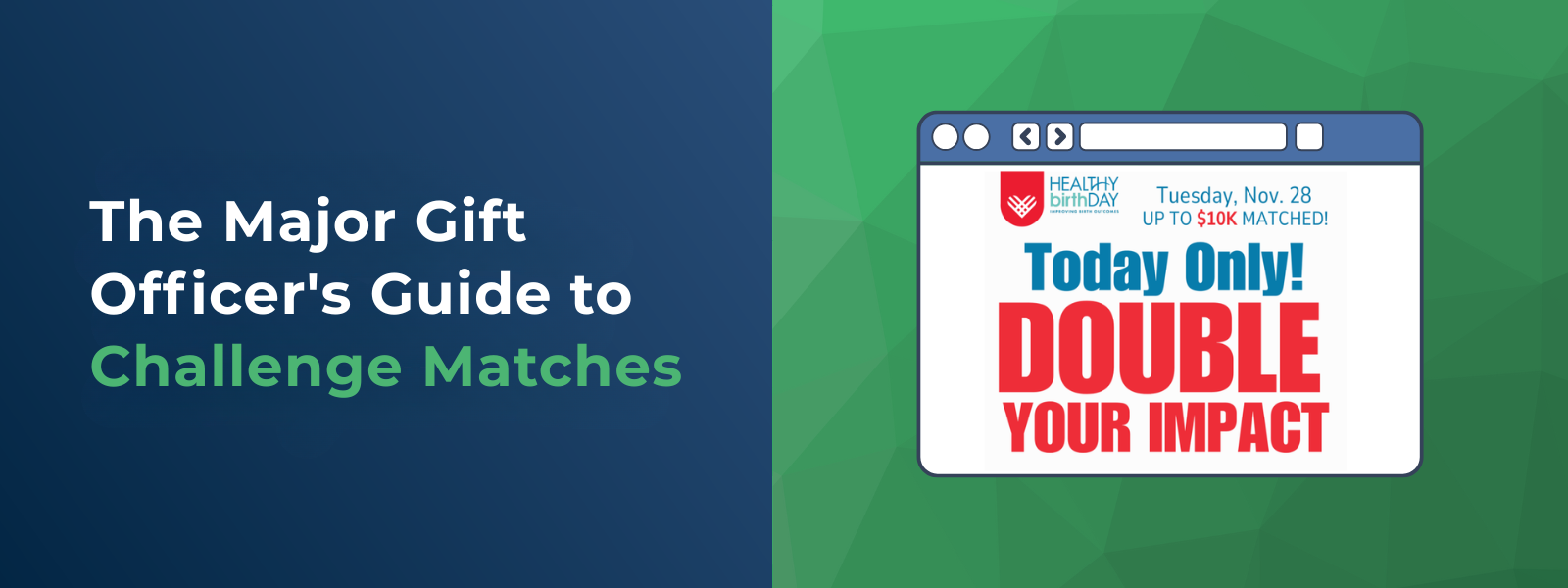
The Major Gift Officer’s Guide to Challenge Matches
For a dedicated major gift officer, the daily reality involves…
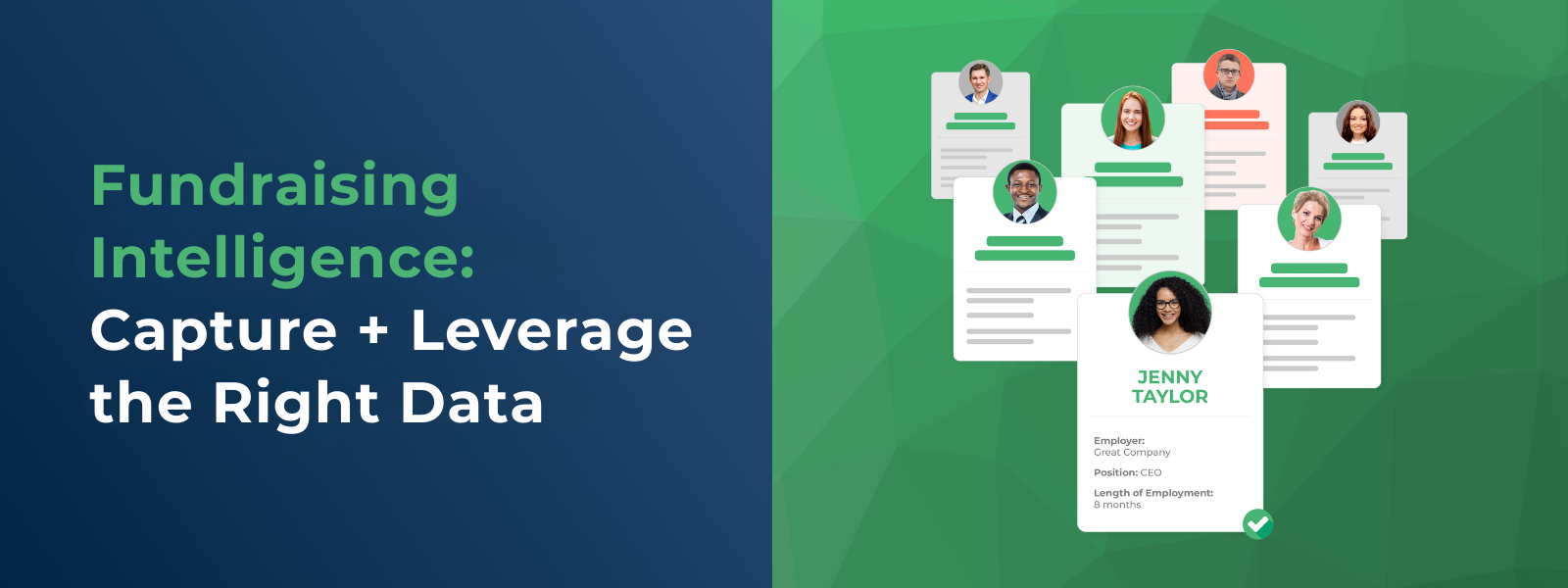
Fundraising Intelligence: Capture + Leverage the Right Data
In the modern nonprofit landscape, data is more than just numbers…
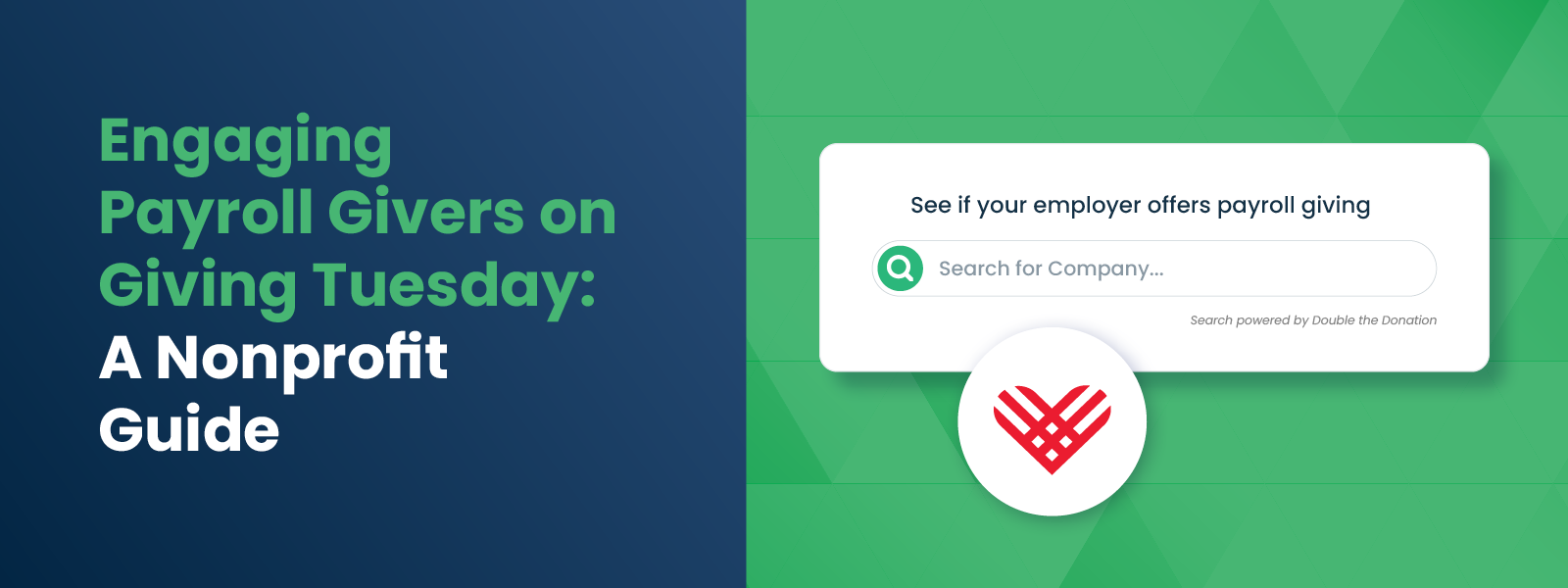
Engaging Payroll Givers on Giving Tuesday: A Nonprofit Guide
Giving Tuesday is widely recognized as the single most powerful…
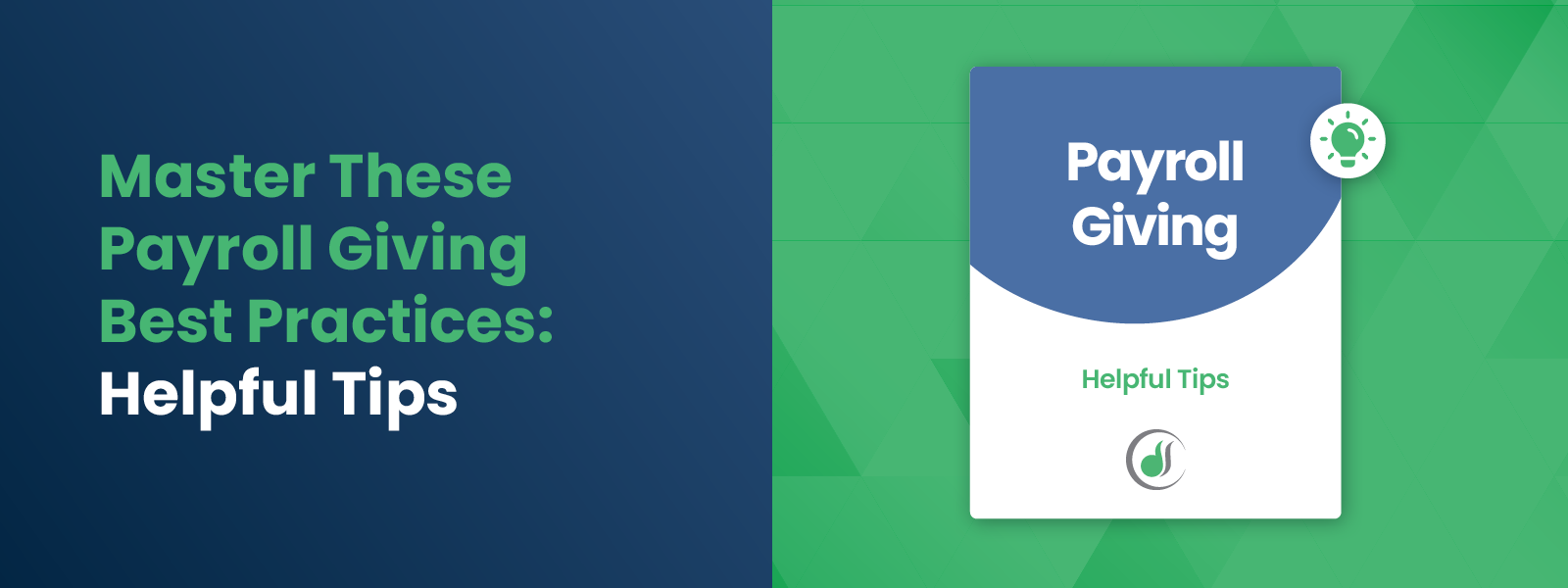
Master These Payroll Giving Best Practices: Helpful Tips
Securing a reliable stream of unrestricted revenue is the "holy…
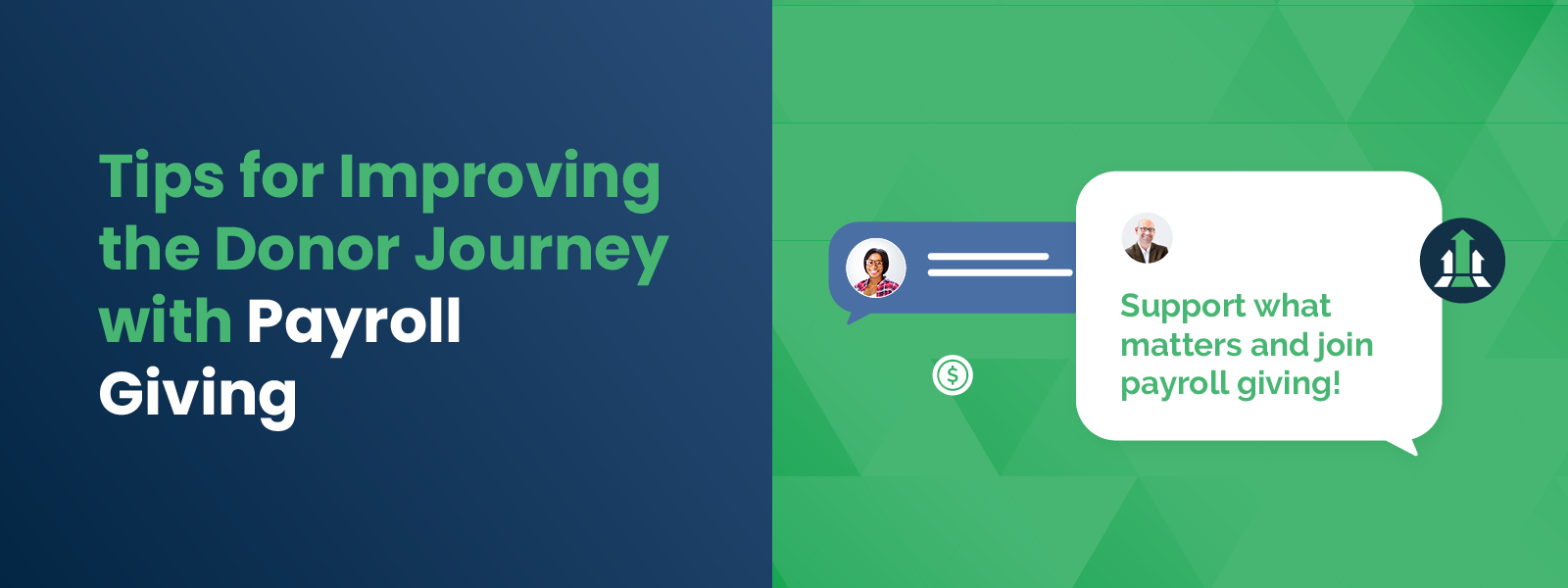
Tips for Improving the Donor Journey with Payroll Giving
In the high-stakes world of nonprofit fundraising, the donor…
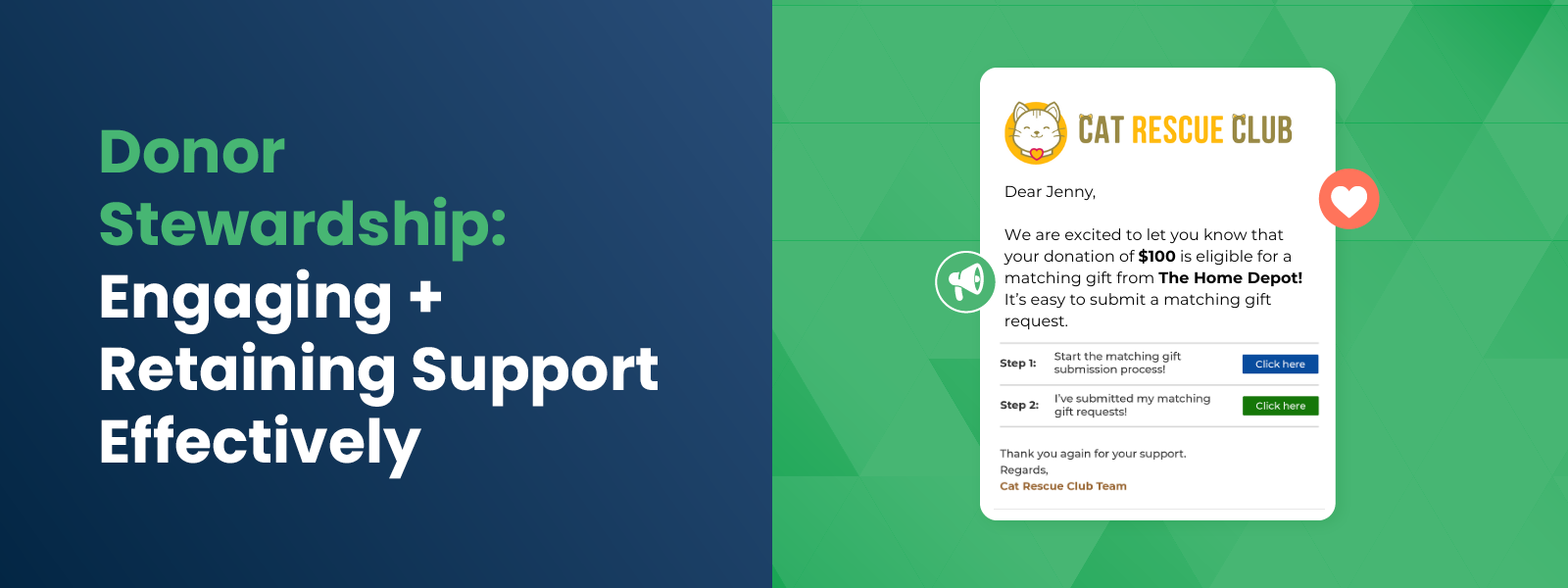
Donor Stewardship: How to Retain Support Effectively
A retention crisis is quietly undermining the hard work of donor…
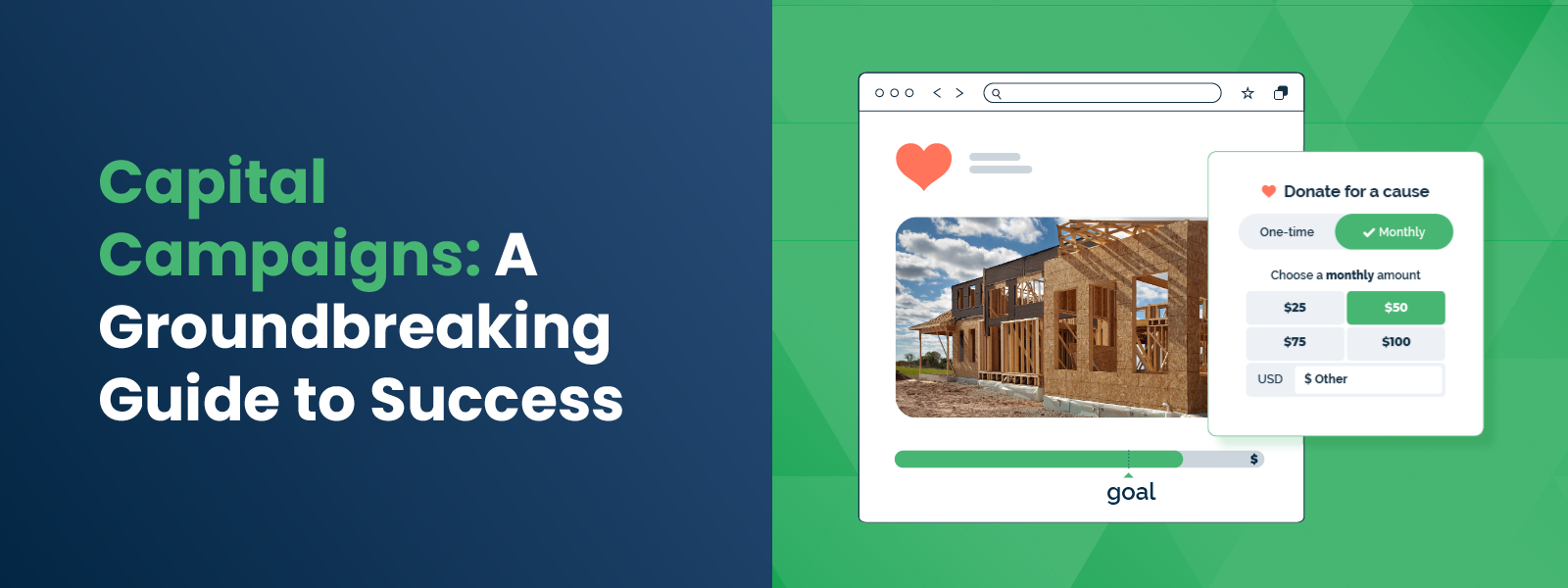
Capital Campaigns: A Groundbreaking Guide to Success
Every nonprofit organization reaches a point where its vision…
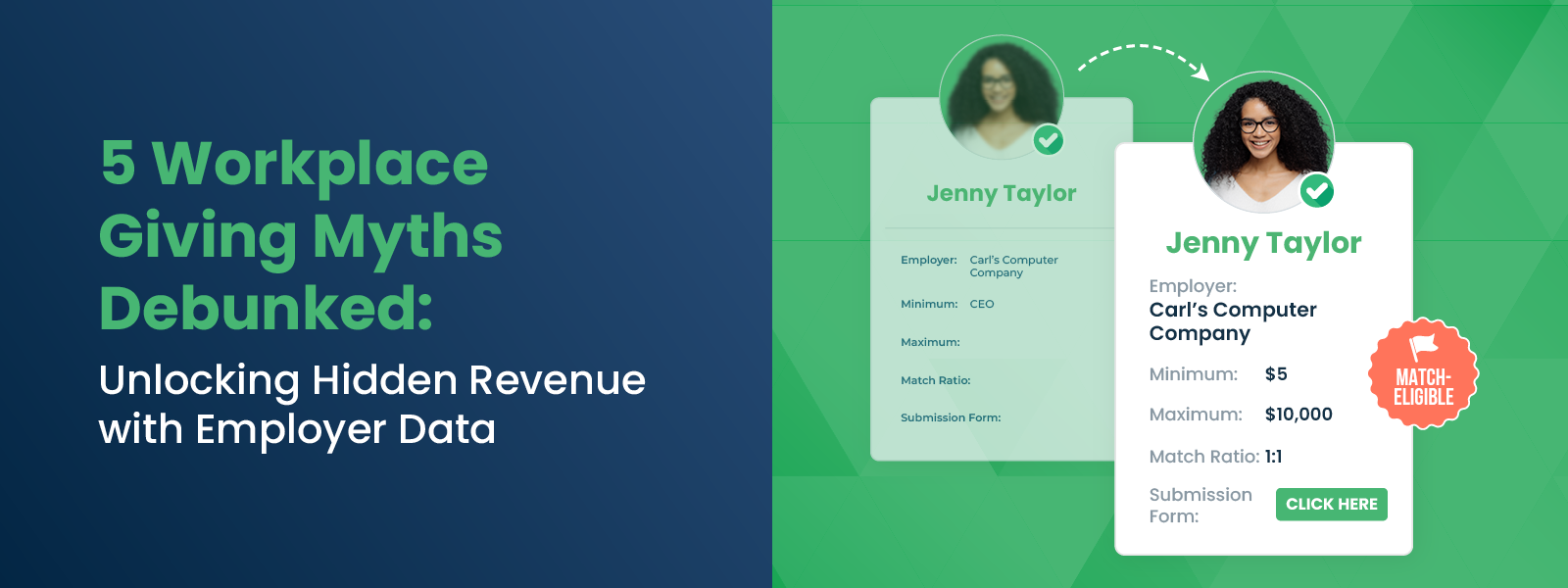
5 Workplace Giving Myths Debunked: Unlocking Hidden Revenue with Employer Data
In my years working alongside fundraising directors, annual giving…

Prospect Research: A Nonprofit’s Key to Better Fundraising
If your nonprofit is looking for a way to maximize its fundraising…
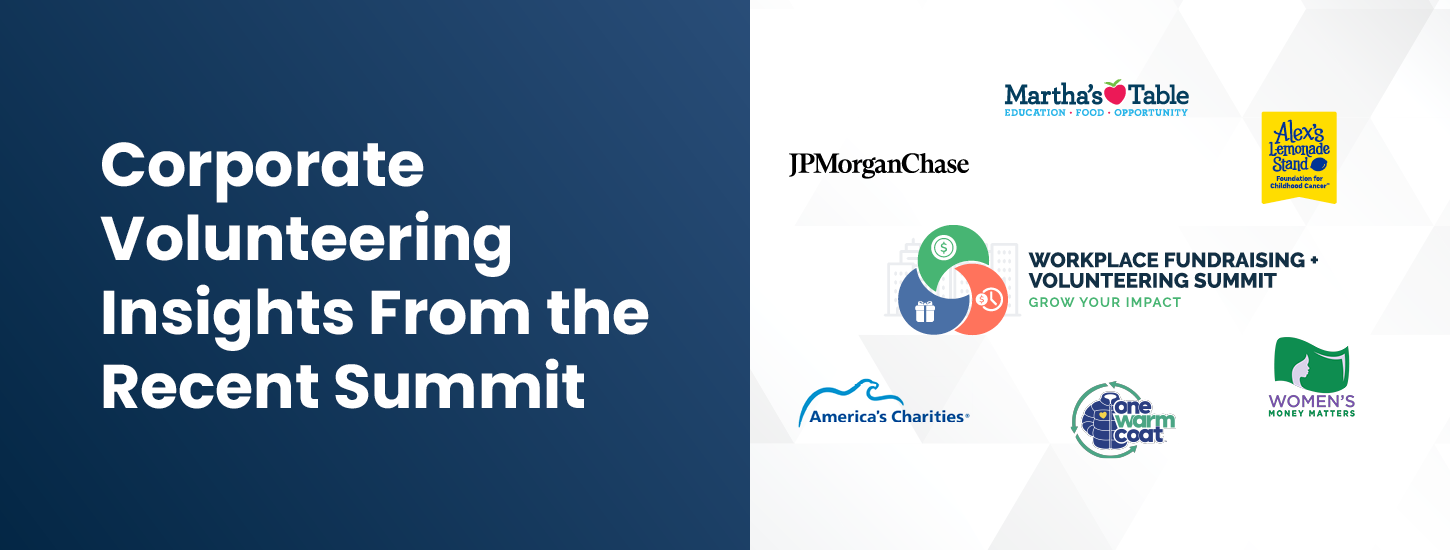 https://doublethedonation.com/wp-content/uploads/2025/11/DTD_Corporate-Volunteering-Insights-From-the-Recent-Summit_Feature.png
550
1450
Kyra Engle
https://doublethedonation.com/wp-content/uploads/2025/11/DTD-horizontal-logo-300x63.png
Kyra Engle2025-11-13 19:57:442026-01-07 18:34:577 Corporate Volunteering Insights From the Fall 2025 Summit
https://doublethedonation.com/wp-content/uploads/2025/11/DTD_Corporate-Volunteering-Insights-From-the-Recent-Summit_Feature.png
550
1450
Kyra Engle
https://doublethedonation.com/wp-content/uploads/2025/11/DTD-horizontal-logo-300x63.png
Kyra Engle2025-11-13 19:57:442026-01-07 18:34:577 Corporate Volunteering Insights From the Fall 2025 Summit
